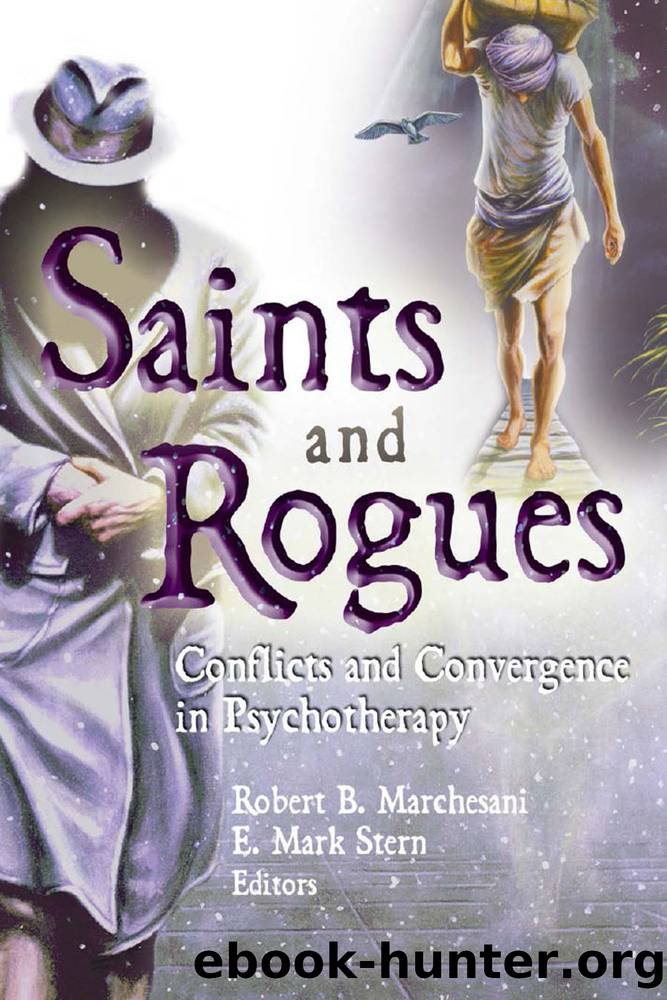Saints and Rogues by Unknown

Author:Unknown
Language: eng
Format: epub
Publisher: Taylor & Francis Group
Published: 2004-08-15T00:00:00+00:00
Interview Results
Categories of Responses
The interview responses were grouped into four categories:
causative events,
context,
strategies, and
consequences.
Causative events are those things identified in the conversations of the children that produced their responses. The actions of peers were described as a form of retaliation. Some children expected this would occur if they intervened.
The actions of adults described by the children were seen as directed at them. These actions included the possibility of punishment for intervention that might not be considered acceptable in some way. Some children expressed confusion or worry about their choice of action because of this concern. The children also saw adults as available to provide the intervention for them. If they wanted the victim rescued in some way that they could not accomplish, an adult could do it for them.
The context for the responses of the children included the location of the event and the people who were present. All of the children described events that occurred either on the playground or in the classroom. All the children mentioned the presence of peers. This included (a) the aggressors, (b) other participants, (c) observers, and (d) peers identified as friends by the children. Those peers labeled as friends by the children were described as possible sources of support. The children also recognized the possibility that these friends might find their action unacceptable in some way and exclude them from their group.
If adults were present in the situations described by the children, they became a consideration in decisions about their actions. Adults could provide intervention and relieve them of taking action that might prejudice them with their peers. Adults could also be the source of punishment if the action the children chose was deemed inappropriate.
The children described several strategies for intervention in the situations, which included talking to the victim, the aggressor, or both. They would tell the victim to ignore the aggressor or walked away. Half of the children said they told victims that comments made by the aggressors were not true or not fair to make them feel better. They tried to help victims recognize one or more strong points they had to help them feel less sad.
Comments to the aggressors all addressed the issue of fairness. The children attempted to explain to the aggressors that their behavior was not right because they were bigger or stronger and the victim had not done anything directly to them.
Asking friends for help was also discussed by some of the children. They said that it was important that all the friends agree on the course of action to be taken. Being friends and helping each other required honesty in this type of discussion. Walking away from the situation was an option for only two children. Both stated that they walked away because they did not want the same thing to happen to them.
Getting an adult to help was one of the last choices mentioned by the children. They all used other options before going to an adult. They were concerned that they might get in
Download
This site does not store any files on its server. We only index and link to content provided by other sites. Please contact the content providers to delete copyright contents if any and email us, we'll remove relevant links or contents immediately.
| 20th Century | American |
| Ancient World | Medieval |
| Regency | Scottish |
| Tudor | Victorian |
| Viking |
The Highlander's Princess Bride by Vanessa Kelly(8241)
The Lover by Duras Marguerite(7820)
Storm and Silence by Robert Thier(6757)
Devil in Spring: The Ravenels by Lisa Kleypas(6187)
Stormfire by Christine Monson(5708)
London's Perfect Scoundrel by Suzanne Enoch(5361)
Marrying Winterborne by Lisa Kleypas(4833)
In the Midst of Winter by Isabel Allende(4478)
From Sand and Ash by Amy Harmon(4385)
Burning Man by Phillip Margolin(4353)
Housekeeping by Marilynne Robinson(4329)
Once and Always by Judith McNaught(4313)
Lady Bridget's Diary by Maya Rodale(4247)
Under Mr Nolan's Bed by Selena Kitt(4242)
Romancing the Duke Castles Ever After by Tessa Dare(4144)
How to Rescue a Rake by Jayne Fresina(3977)
A Matter of Temptation by Lorraine Heath(3954)
Separate Beds by LaVyrle Spencer(3768)
Seduce Me at Sunrise by Lisa Kleypas(3673)
